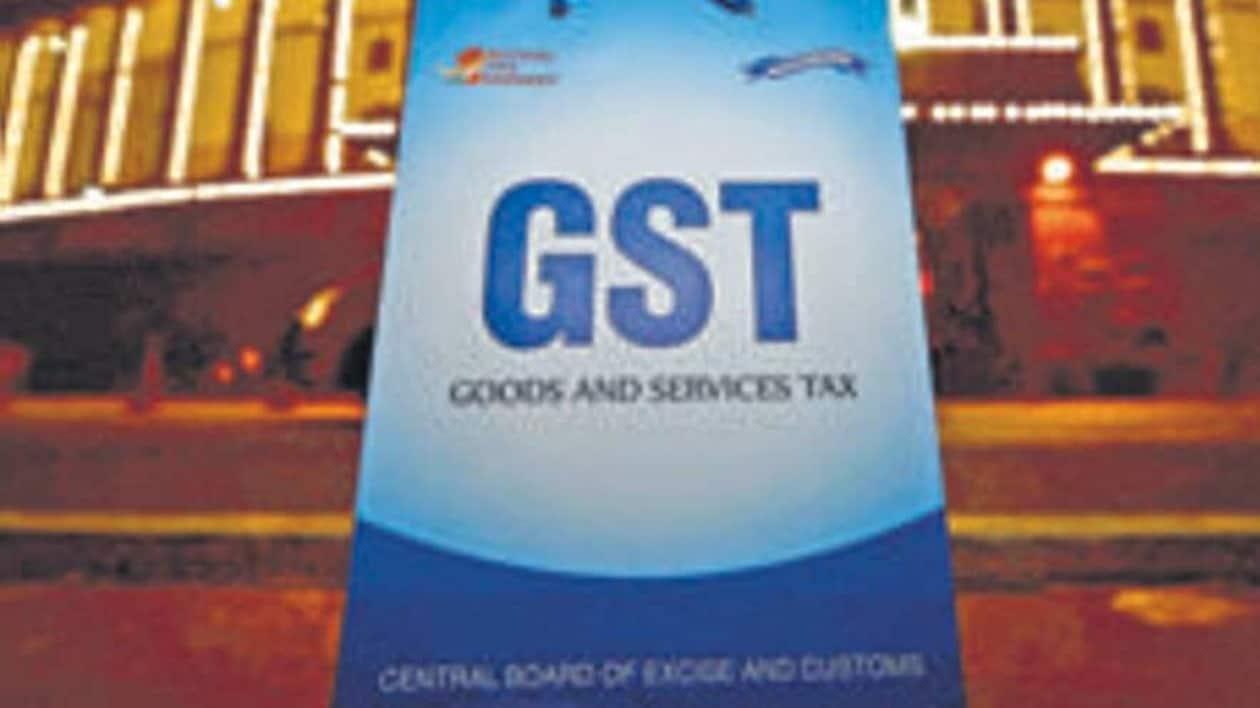The Goods and Services Tax (GST) Council could go in for another round of rate changes to correct the remaining instances of inverted duty, apart from withdrawing some more exemptions. A group of ministers (GoM) headed by Karnataka chief minister Basavaraj Bommai is working on the second round, reported The Economic Times.
“The inverted duty correction exercise has not concluded yet and there is more work left," said a senior official, adding that the GoM is working on the next list and a proposal may be floated before the next council meeting, which is likely in September.
“The last two-three meetings were productive, with many important decisions being taken. But some items are still pending, including textiles,” said the a person familiar with the matter said.
Inverted duty refers to structures where the rate of tax on inputs is more than the rate of tax on outward supplies, which discourages value addition. If required, tax authorities will engage with industry for feedback, the official said.
Inverted duty structures also prevail in automobiles, including electric vehicles, some electronic items, urea and other fertiliser inputs, according to experts.
"The correction in inverted duty structure in sectors such as textiles, electric vehicles, etc, would help the industry in liquidating their accumulated credits, smoothen working capital issues and reduce compliances," said Saurabh Agarwal, tax partner, EY.
In September last year, the GST Council decided to rectify the inverted duty structure for footwear and textiles. Duty on footwear and finished apparel of any value was set at 12%, effective January 1.
Earlier, the GST rate was 5% for sale value up to ₹1,000 per piece in the case of finished apparel such as shirts, and per pair in the case of footwear.
Traders and manufacturers resisted the increase, saying it would adversely impact India's textile industry and lead to job losses. Many states - including Rajasthan, Telangana, West Bengal and Delhi - opposed the increase, which was eventually rolled back.
